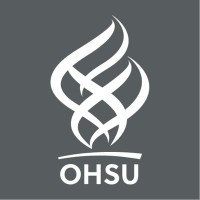
UnitedHealthcare
When it comes to your health, everything matters. That’s why UnitedHealthcare is helping people live healthier lives and making the health system work better for everyone. Our health plans are there for you in moments big and small, delivering a simple experience, affordable coverage, and supportive care. At UnitedHealthcare, part of the UnitedHealth Group family of businesses, we are working to create a system that is connected, aligned and more affordable for all involved; one that delivers high quality care, responsive to the needs of each person and the communities in which they live. With connections to more than 1.3 million physicians and care professionals and 6,500 hospitals and care facilities across the globe, we can collaborate in new ways to improve patient care while providing customizable and comprehensive solutions in any marketplace, anywhere. Our Values Integrity: Honor commitments. Never compromise ethics. Compassion: Walk in the shoes of the people we serve and those with whom we work. Relationships: Build trust through collaboration. Innovation: Invent the future. Learn from the past. Performance: Demonstrate excellence in everything we do. For more information about UnitedHealthcare, click here: https://www.uhc.com/ For information about careers at UnitedHealthcare, click here: https://www.workatuhc.com






